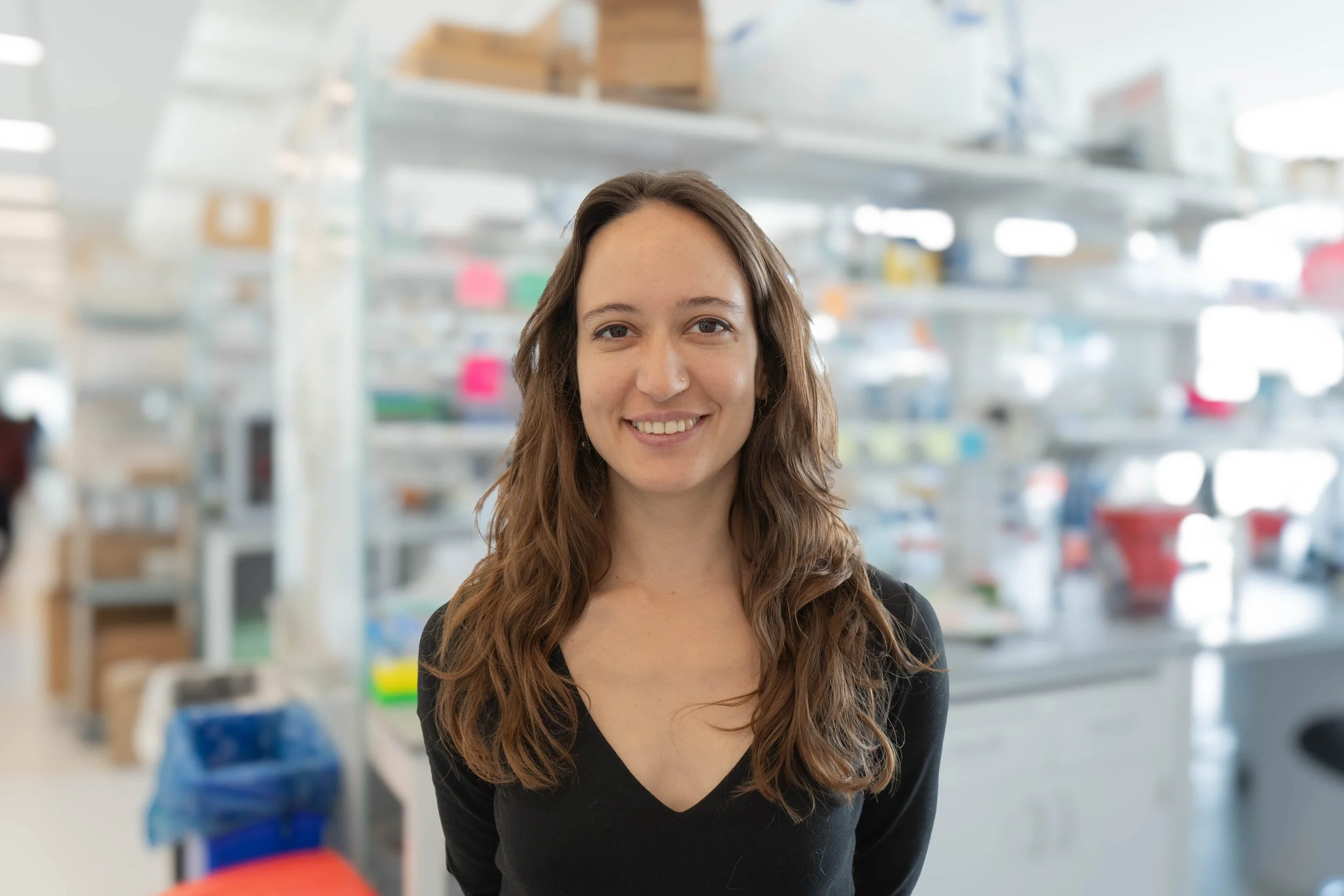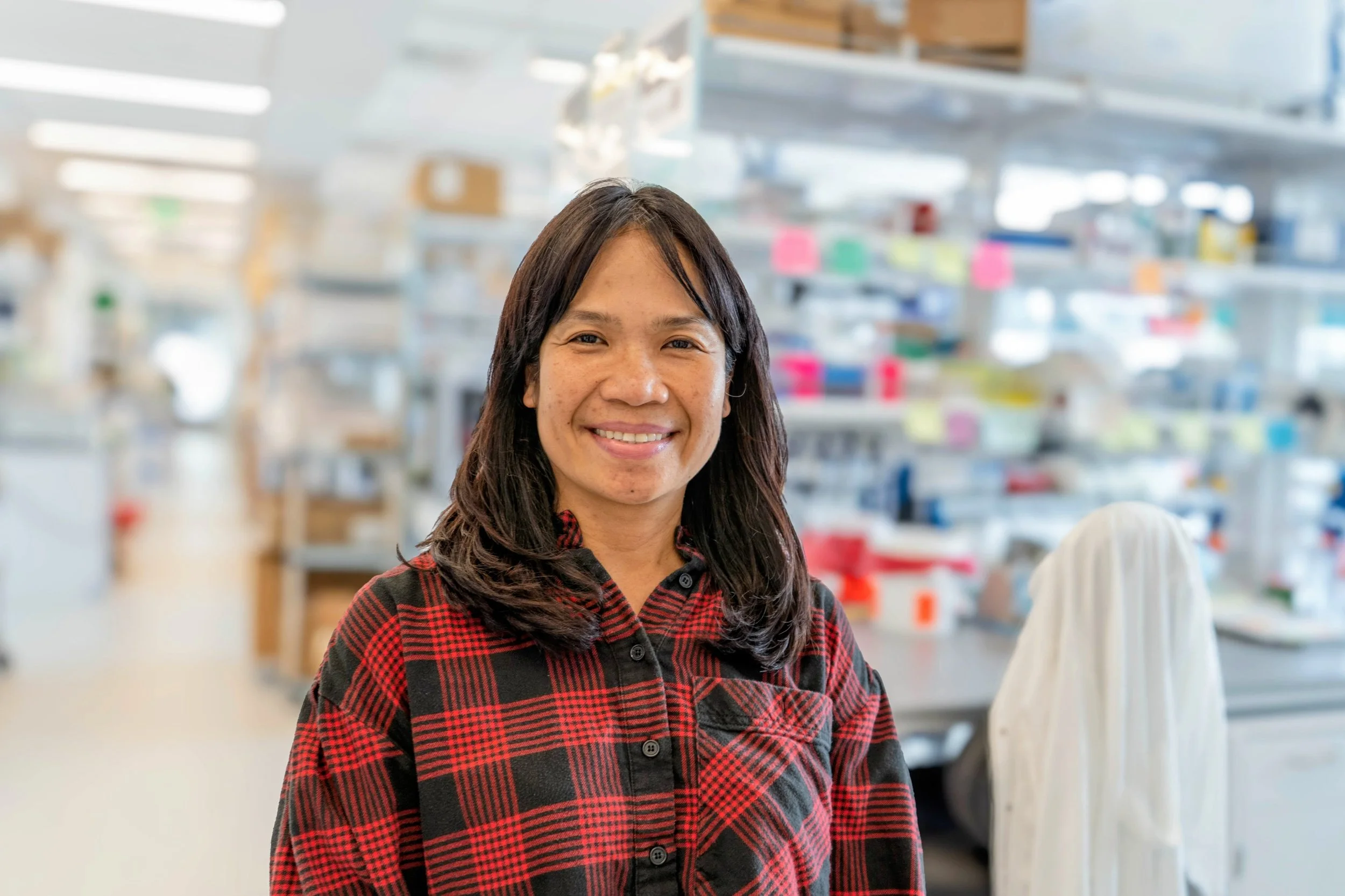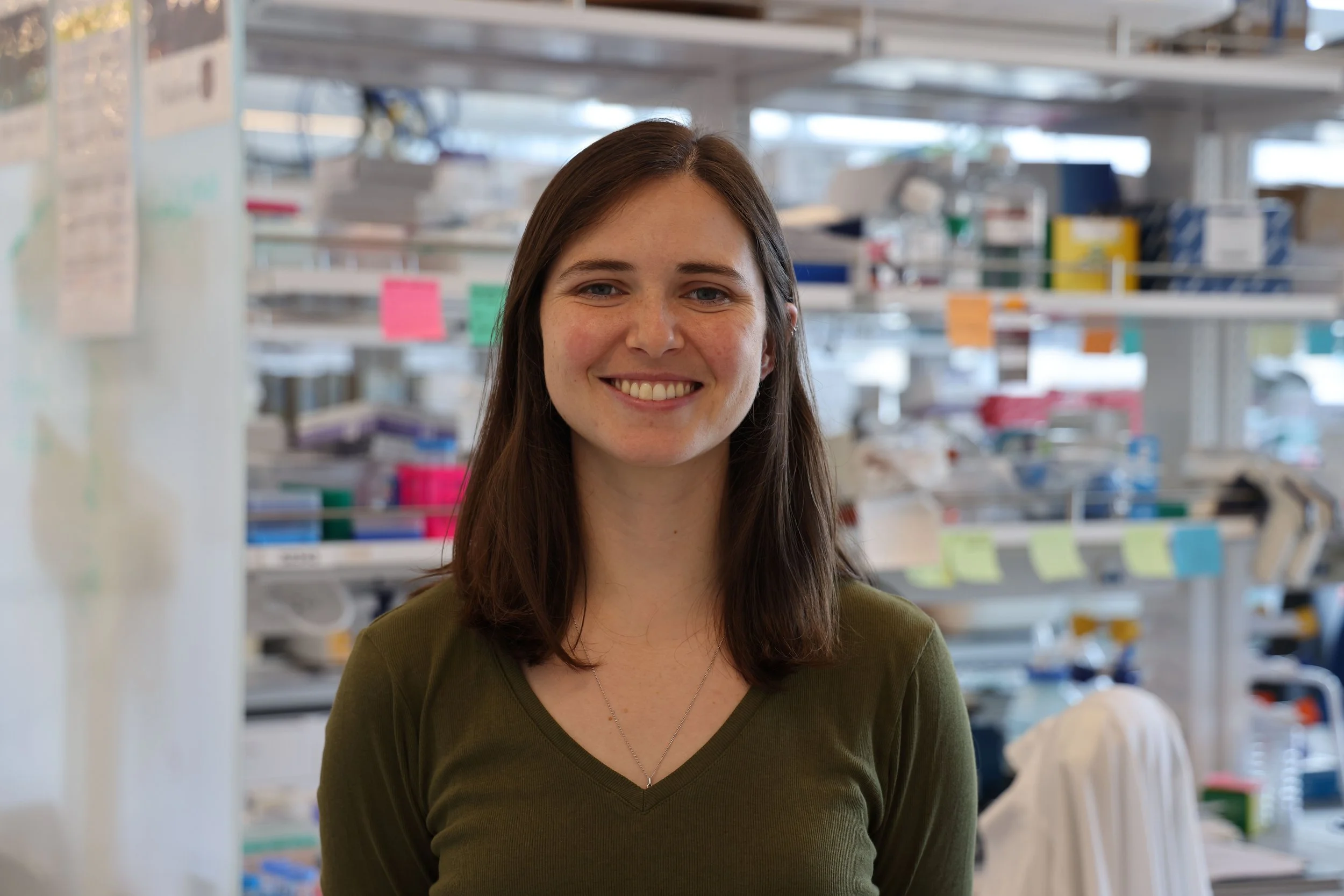
Welcome to willseylab!
We use frogs to dissect psychiatric disorders.
The problem
We have lists of hundreds of high-confidence, large-effect psychiatric disorder risk genes. However, even within one disorder, these genes represent a wide swath of cellular and developmental functions, obscuring how they contribute to risk. Unraveling the underlying biology of these disorders and identifying effective treatments requires a new approach amenable to large-scale genetic analysis in vivo.
The future is frogs
Diploid frogs (Xenopus tropicalis) represent a powerful platform for genetic analysis at scale. We can make thousands of mutant embryos in an afternoon and watch brain development in vivo.
Half-mutant tadpoles
We can make half-mutant tadpoles, divided by the midline, by injecting CRISPR reagents into 1 cell at the 2-cell stage. This provides an internal, within-animal control.
Our expertise
-

Gene Editing
-

Developmental Biology
-

Microscopy
-

Cell Biology
Meet our team
-

Helen Willsey, PhD
Principal Investigator
-

Delfina González, PhD
Postdoctoral Scholar
-
Kate McCluskey, PhD
Postdoctoral Scholar
-

Bianca Graziano, PhD
Postdoctoral Scholar
-

Elina Kostyanovskaya
Graduate Student
-

Christina Roca
Graduate Student
-

Angeline Chemel
Graduate Student
-

Anna Grigsby-Brown
Graduate Student
-

Michelle Seeler
Graduate Student
-

Juan Arbelaez
Research Assistant
-

Nolan Wong
Research Assistant
-

Ethel Bader
Lab Manager
-

Catherine Nguyen
Research Assistant
-

Ashley Clement
Administrative Officer
"Our real teacher has been and still is the embryo, who is, incidentally, the only teacher who is always right." Viktor Hamburger
Publications
Parallel in vivo analysis of large-effect autism genes implicates cortical neurogenesis and estrogen in risk and resilience
Neuron, 2021
The neurodevelopmental disorder risk gene DYRK1A is required for ciliogenesis and control of brain size in Xenopus embryos
Development, 2020
Whole-Mount RNA In Situ Hybridization and Immunofluorescence of Xenopus Embryos and Tadpoles
CSHL Protocols, 2021






